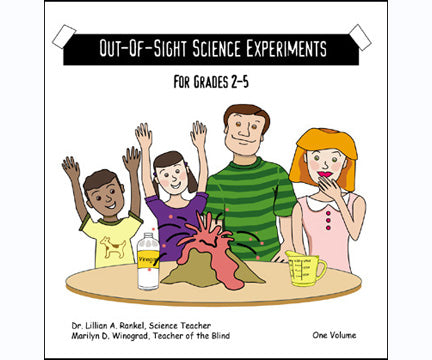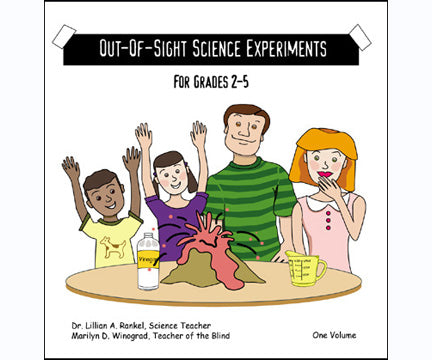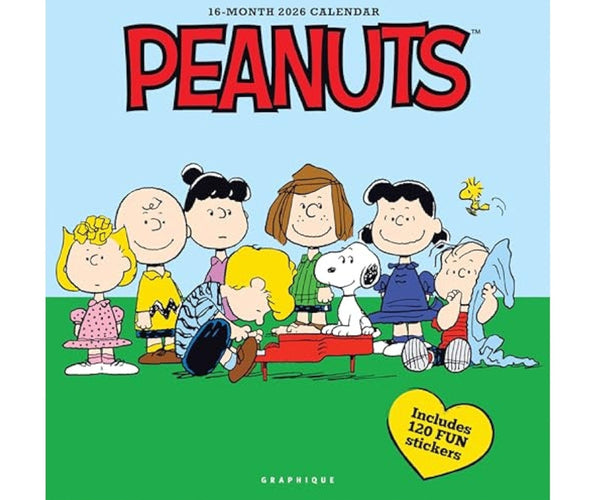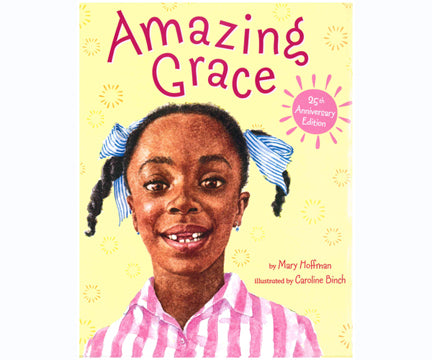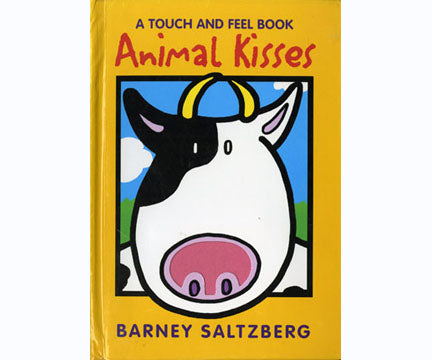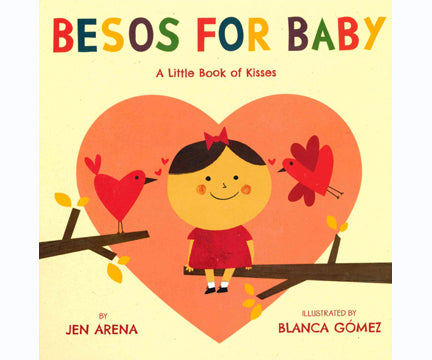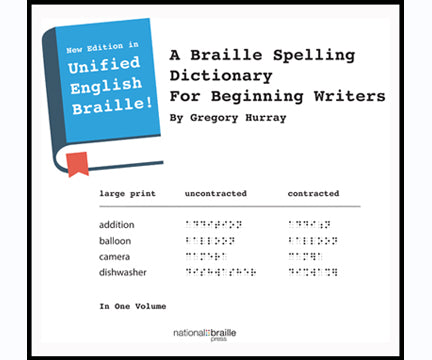Out-of-Sight Science Experiments
- Brand: National Braille Press
- Availability: In Stock
- SKU: SCIENCEEXP
$22.00
Large print, braille (UEB), and illustrations - all in the same book. Winner: 2015 IBBY Outstanding Books for Young People with Disabilities Want to make balloon rockets, acid rain, a solar finger heater, Ziploc ice cream, Diet Coke Geysers, and more? Scientists Dr. Lillian A. Rankel and Marilyn Winograd have...
Large print, braille (UEB), and illustrations - all in the same book.
Winner: 2015 IBBY Outstanding Books for Young People with Disabilities
Want to make balloon rockets, acid rain, a solar finger heater, Ziploc ice cream, Diet Coke Geysers, and more? Scientists Dr. Lillian A. Rankel and Marilyn Winograd have written 32 step-by-step experiments for blind youngsters to do at home with family and friends, or as part of a science fair project.
Too often, students who cannot see are excluded from the excitement of hands-on scientific discovery. This book aims to dispel the myth that vision is required to safely conduct simple science experiments using ordinary household products.
Don't wait for chemistry or biology class to explore the sciences - get some experience under your belt while you're still young! Each experiment has been successfully imploded, we mean explored, with real blind scientists! Safely uses household materials. Grades 2-5.
See also:
See also:
You'll want a set of these Braille-marked measuring cups and spoons.
The Tactile Caliper is useful for accurate measurements.
Rankel and Winograd also wrote Hands On Science Activities: For Pre-school to Second Grade
About the Authors
Dr. Lillian A. Rankel is the Director of Education Innovation at Independence Science, LLC. She holds a PhD in chemistry from Princeton University. During her 14 years at Hopewell Valley High School, Dr. Rankel successfully integrated a blind student in all aspects of Honors and Advanced Placement Chemistry - including laboratory work. She is presently on the ILAB (Independent Laboratory Access for the Blind) team from Penn State University, funded by the National Science Foundation, to research ways to modify equipment to ensure full inclusion of blind chemistry students.
Marilyn Winograd is dually certified in elementary education and as a teacher of the blind and visually impaired (TVI). As a TVI, Marilyn became involved in collaborating with classroom teachers to fully integrate blind students in all aspects of their academic programs, including hands-on laboratory science.
Both authors have extensive experience working with blind and visually impaired students in grades 1 through 8. Their goal is to provide blind students with the tools and techniques necessary to independently explore the sciences.
Read a book review by Alex Gamino, a blind fourth-grader, whose whole family got involved in the project!
Table of Contents
- Hello Scientist!
- How to Contain the Mess
- Measuring Cups & Spoons
- Ziploc Bags
- Surprising Corn Mush
- A Bag of Gas
- Dirt & Sand Get Thirsty
- Will the Orange Float or Sink?
- Moving Heavy Stones with Wheels
- Moving Water with a Straw
- Making Acid Rain
- When a Root Grows a Vegetable
- How Do Glaciers Change the Earth?
- Ice Cube Pickup
- Foaming at the Mouth
- Tricks with Static Electricity
- Sticking & Repelling Balloons
- Sounds Travels Through a Yardstick
- Which Mountain Lasts the Longest?
- The Leaky Bottle
- Evaporation and Disappearing Water
- Classic Play Dough Volcano
- A Bottle That Burps
- Collapsing Bottle
- Ziploc Ice Cream
- Rocket Balloon
- Making a Paper Bridge
- Solar Finger Heater
- Diet Coke Geyser
- Xylophone Made with Glasses
- A Scary Moving Hand
- How to Make a Sinking Egg Float
- Mak

 Contact
Contact Login
Login
 LOG IN
LOG IN
 SEARCH
SEARCH